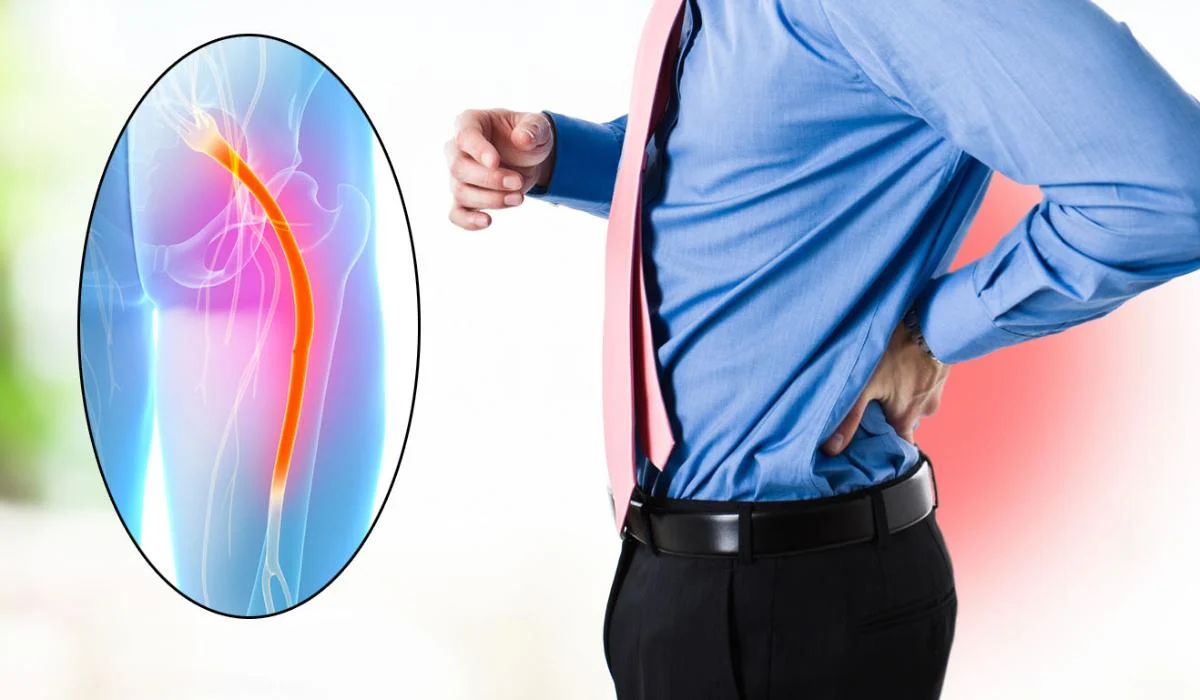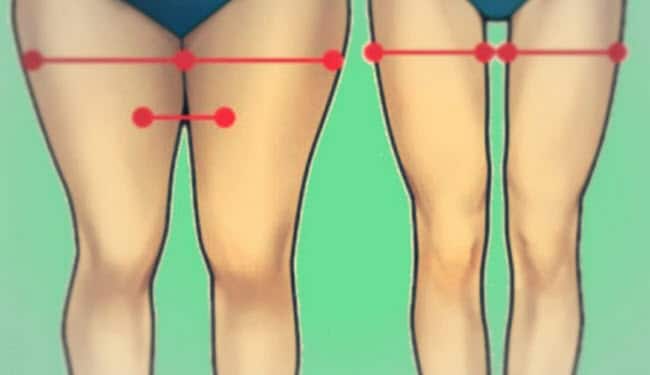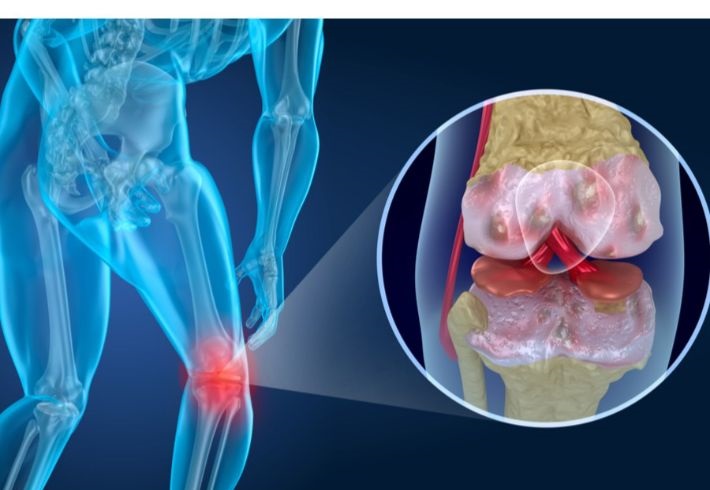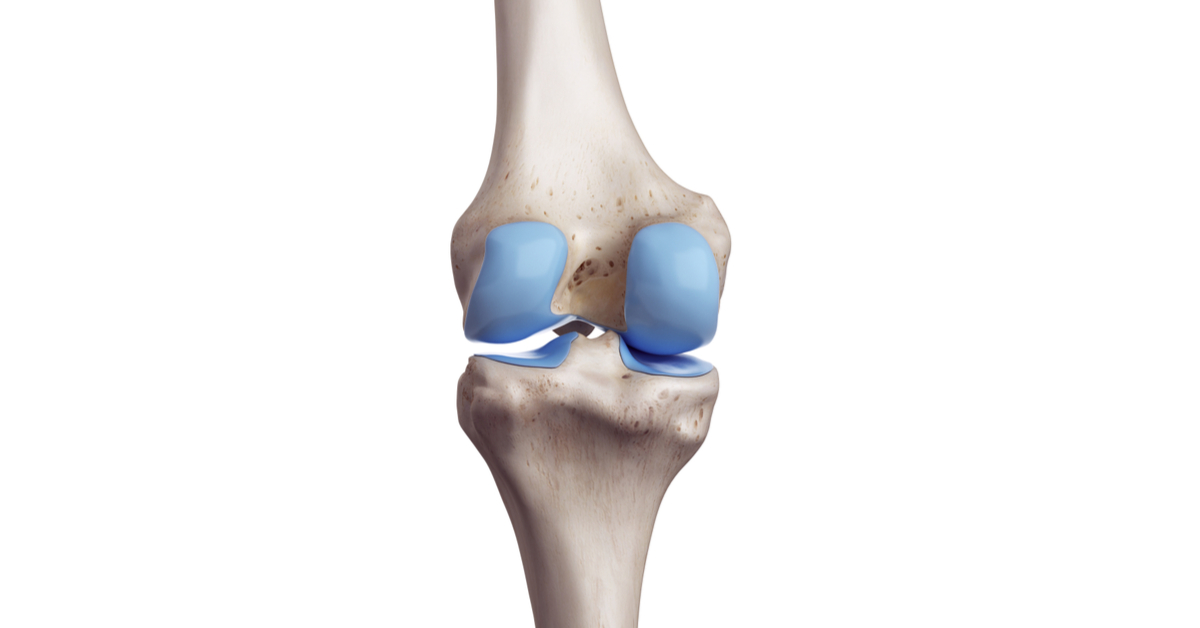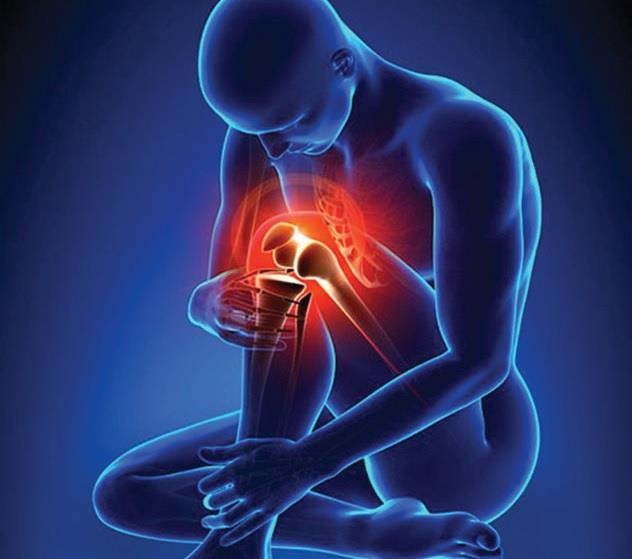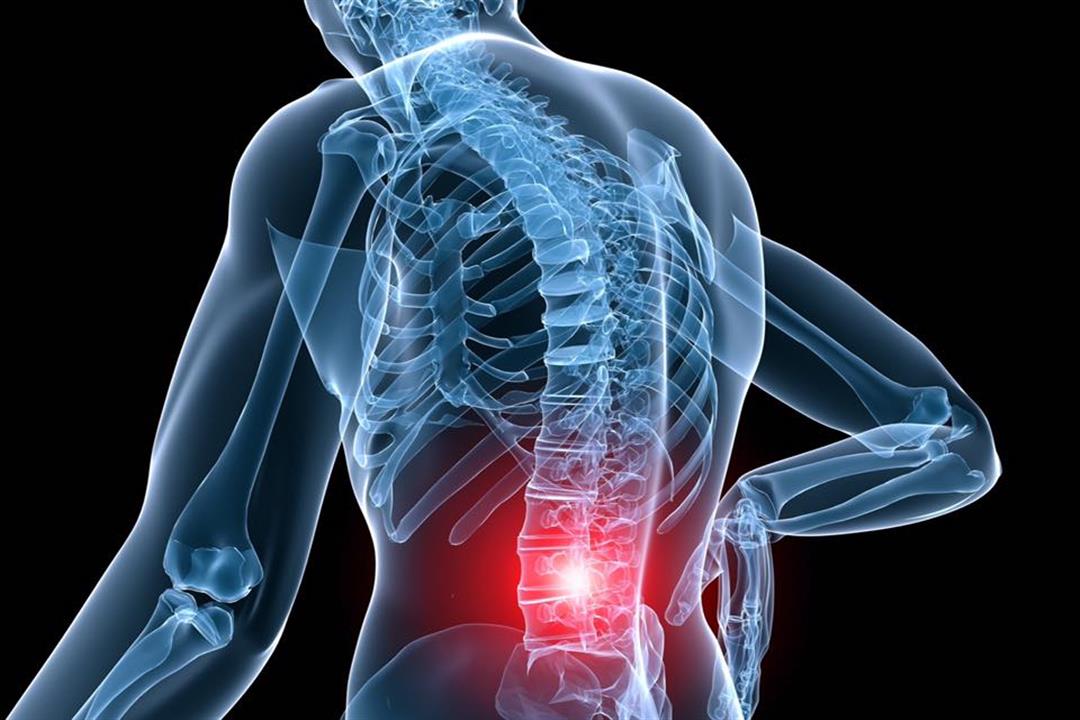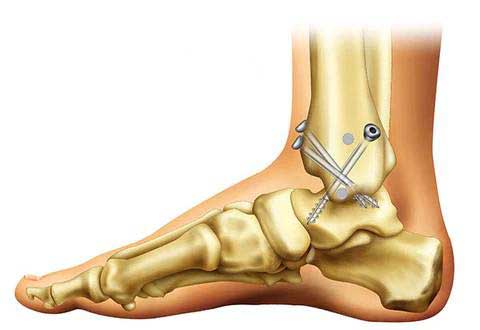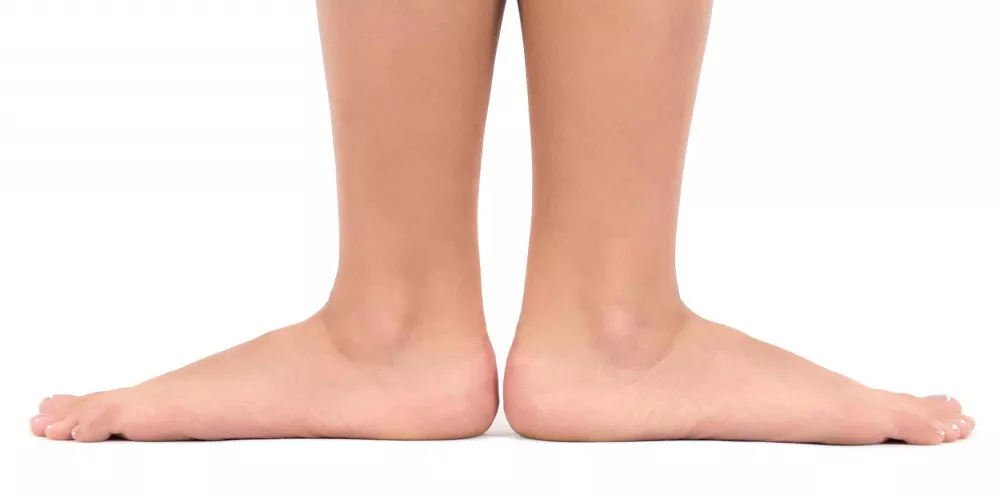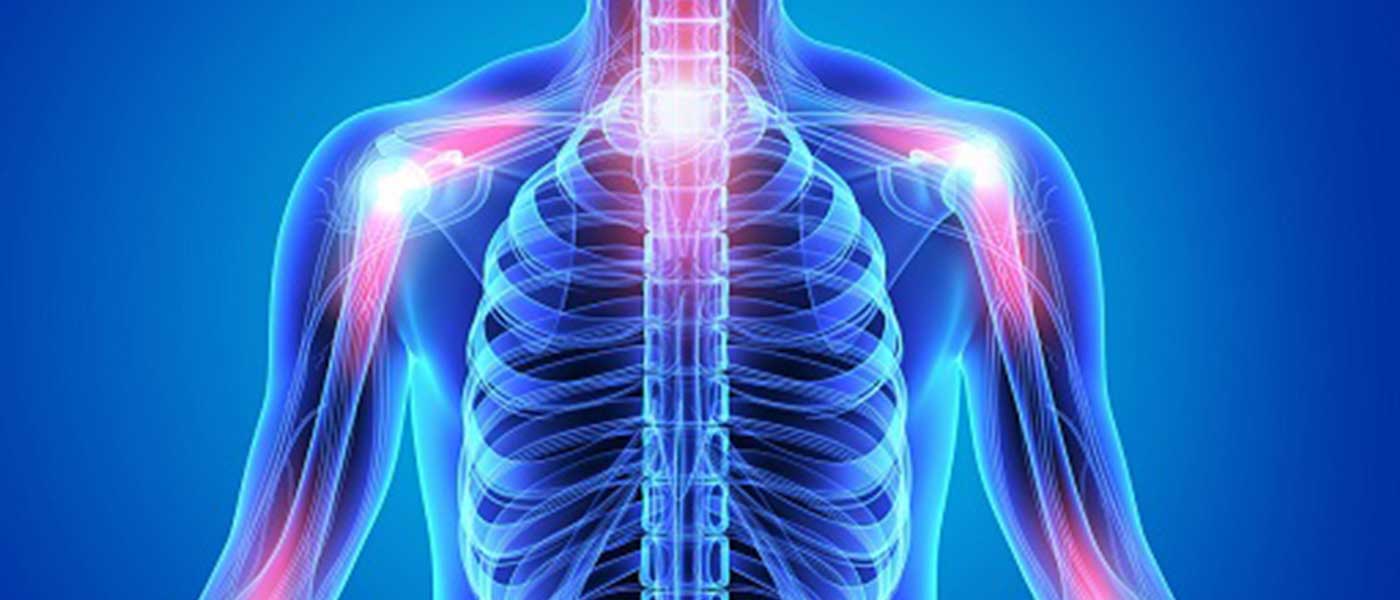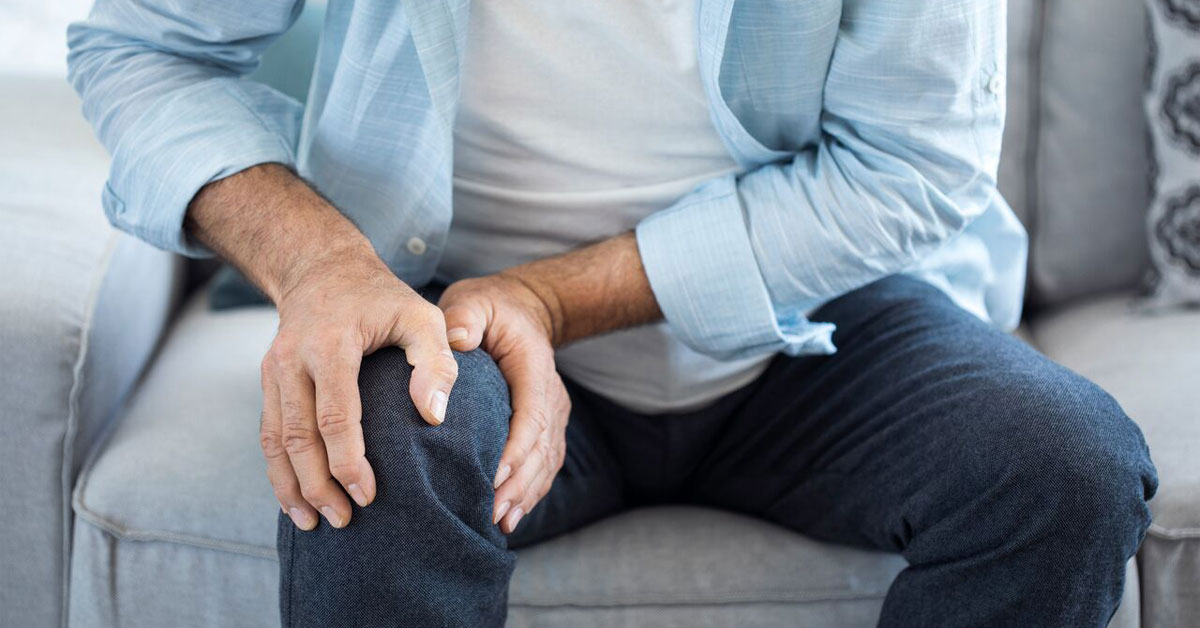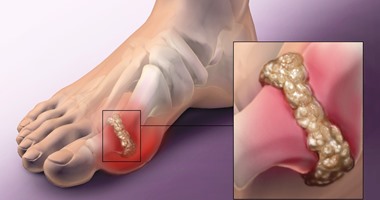What is the best treatment for sciatica and is cauterization beneficial in the treatment?
Best Treatment for Sciatica
Many women suffer from sciatica, a condition that can negatively affect their quality of life. Sciatica is a medical condition caused by a herniated disc in the spine, leading to pain and numbness in the back, buttocks, and legs. However, there are several effective ways to treat this condition. In this article, we will review the top 10 methods for treating sciatica:
- Medication-based Treatment:
- Pain relief medications such as paracetamol can be used to alleviate pain.
- Non-steroidal anti-inflammatory drugs like ibuprofen and naproxen may be prescribed to reduce swelling and inflammation in the painful area.
- Physical Therapy:
- Natural medical practices such as hydrotherapy, massage, and physical exercises can help strengthen the muscles surrounding the spine and improve the range of motion in the back.
- Muscle Strengthening:
- By practicing exercises aimed at strengthening the muscles of the back, abdomen, and legs, the muscular support for the spine can be improved and symptoms reduced.
- Prevention of Future Injuries:
- Once the pain subsides, a doctor can prepare a program to prevent future injuries, including guidance on improving sitting posture and good physical conditioning.
- Magnetic Resonance Imaging:
- Magnetic Resonance Imaging (MRI) may be used to determine the severity of the condition and guide appropriate treatment.
- Massage:
- Massage is one of the effective methods to relieve pain and improve the alignment of the spine.
- Heat or Cold Therapy:
- Local heating or cooling can be used to relieve pain and reduce inflammation in the sciatic area.
- Rehabilitation Programs:
- Participating in specialized rehabilitation programs under the supervision of a specialist helps improve strength, flexibility, and endurance.
- Cupping:
- Cupping therapy is a traditional method that can be used to rejuvenate blood circulation and relieve pain and inflammation.
- Surgery:
- Surgery may be the last resort when a patient does not respond to conventional treatments, including removing the herniated disc or procedures to stabilize the spine.
**Note: It is advised to consult with a doctor before taking any treatment or using any method to treat sciatica. Personal guidance and advice should be included to provide comprehensive and reliable information.
How did I recover from sciatica?
Sciatica is considered one of the painful and annoying health conditions that many people suffer from. There are various ways to treat sciatica, all aimed at reducing pain and increasing mobility. Some chronic cases may require surgery, but in cases of severe and painful sciatica, there may be individuals who have actually improved and healed by implementing some steps and methods in a physical therapy clinic. In this article, we will discuss 10 important methods used by people to heal from sciatica.
- Physical exercises: Regular physical exercise can be an effective way to reduce symptoms of sciatica. Sporting exercises help enhance blood circulation and strengthen muscles, contributing to pain relief and improved movement.
- Heat therapy: Heat treatment, such as applying warm water or localized heating to the affected area, can help relieve pain and calm tight muscles. It is advisable to apply heat for 15-20 minutes several times a day.
- Cold treatment: If the pain is persistent or accompanied by swelling, cold treatment can be used, such as applying ice or a wrapped ice pack on the affected area. It is recommended to apply the cold for 10-15 minutes several times a day.
- TENS technique: Transcutaneous Electrical Nerve Stimulation (TENS) is used to alleviate pain and improve movement. This technique works by sending small electrical signals through the skin, which helps stimulate nerves and relieve pain associated with sciatica.
- Manual therapy: Manual therapy includes techniques such as massage and manipulation of deep tissue to relieve tight muscles and increase flexibility of the tissues surrounding the affected nerve.
- Medical rehabilitation therapy: Medical rehabilitation therapy is used to enhance movement and strengthen muscles. These sessions may include simple exercises, in addition to other techniques such as using massage or hydrotherapy to improve mobility and alleviate pain.
- Anti-inflammatory medications: The doctor may prescribe non-steroidal anti-inflammatory drugs (NSAIDs) to reduce swelling and pain associated with sciatica. These medications should be used according to the doctor’s instructions and not exceed the prescribed dose.
- Acupuncture treatment: In some cases, local injections are used to relieve pain and improve joint movement. This type of treatment is advised to be conducted under the supervision of a qualified doctor.
- Surgical treatment: In severe and chronic cases of sciatica that do not respond to traditional treatments, the doctor may decide to perform surgery. Surgery involves removing herniated discs or opening a pathway for the compressed nerve. This type of treatment should be under the supervision of a qualified surgeon and based on a case evaluation.
- Integrative therapy: This type of treatment includes the use of alternative techniques such as medicinal herbs, acupuncture, yoga, and Chinese acupuncture. It is advisable to consult a specialist doctor before using any of these techniques.
It is essential to cooperate with the treating physician to determine the appropriate method for treating sciatica based on your health condition. Follow the doctor’s guidelines and supervision to achieve the best results in treating and healing sciatica.
What is the treatment for sciatica with alternative medicine?
Sciatica is a condition suffered by many around the world, and the symptoms associated with it are extremely painful and bothersome. Typically, sciatica is treated using conventional medications, such as pain relievers and anti-inflammatory drugs. However, there are many alternative techniques and treatments that can help alleviate symptoms and improve comfort. In this article, we will take a look at the treatment of sciatica with alternative medicine.
Herbal Massage: Herbal massage can be an effective treatment for sciatica. Herbal massage uses a blend of natural oils and ground herbs to massage the affected area. Herbal massage can improve blood circulation and relieve pain and nerve tension.
Warming the Affected Area: The technique of warming the affected area can be used to relieve sciatic pain. Hot water bottles, warm baths, or heat packs can be used to provide a soothing effect and pain relief.
Herbal Therapy: There are many herbs believed to help in the treatment of sciatica. Among these herbs, ginger root, turmeric, camphor, clove flowers, and German chamomile act as effective natural analgesics for pain and inflammation.
Clarification Treatments: Some clarification treatments and natural injections are used to alleviate the symptoms of sciatica. Among these treatments are acupuncture and manual therapy that target specific points in the body to stimulate the natural flow of energy.
Physical Exercise and Relaxation: Engaging in light physical exercise and practicing meditation and relaxation techniques are effective strategies for relieving sciatic pain. Physical exercises can improve the strength and flexibility of muscles, while meditation and relaxation techniques can calm the mind and reduce stress and pain.
Note that before using any alternative treatment, it is important to consult with a complementary and alternative medicine specialist. The latter may help you identify the appropriate and safe treatment for sciatica and ensure your safety.
In conclusion, although alternative treatments for sciatica may be effective in alleviating symptoms and improving comfort, it is best to consult a doctor before using any new treatment. This is because some alternative treatments may interfere with other medications or may not be safe for some individuals. Enjoy good health and comfort!
Where does sciatica come from?
Sciatica is a common condition that causes pain and numbness in the lower part of the back and leg. It usually occurs when a nerve root in the spine is compressed. People under 40 years of age usually suffer from sciatica due to a herniated disc, while older adults typically suffer from it due to bone spurs and arthritis.
If you are experiencing pain in the lower part of your back and find it difficult to move, you may be suffering from sciatica. In this article, we will explore the causes of sciatica, risk factors, as well as potential treatments.
Causes of Sciatica:
- Herniated disc: A herniated disc occurs when the cartilage between the vertebrae in the spinal column breaks, causing pressure on the nerve root.
- Bone spurs: Abnormal bone growth in the spine can lead to pressure on the nerve roots and cause sciatica.
- Arthritis: Arthritis in the spine can cause swelling and inflammation around the nerve roots, leading to sciatica.
- Injury: Injuries in the back area can cause sciatica, such as bruises or fractures.
- Genetic factors: You may have a genetic predisposition to develop sciatica, especially if one of your family members has a similar history.
Risk Factors for Sciatica:
- Age: People over the age of 40 are more susceptible to sciatica.
- Poor nutrition: If you suffer from a deficiency in certain vitamins or minerals, this may increase the risk of sciatica.
- Obesity: Increased weight and obesity can increase the pressure on the nerve roots in the back area, leading to sciatica.
Possible Treatments for Sciatica:
There are several options for treating sciatica, and the appropriate treatment choice depends on the severity of your condition and how it affects the quality of your life. Treatments can include:
- Non-surgical treatment: This may include pain relievers, physical therapy, rehabilitation exercises, massage, and cognitive behavioral therapy. These treatments are typically aimed at relieving pain and improving range of motion and muscle strength.
- Surgical treatment: In severe cases of sciatica or those that do not respond to non-surgical treatment, surgery may be the best option. This involves removing the compressed part of the disc or the overgrown bones.
- Preventive measures: It is advisable to avoid carrying heavy objects, maintain a healthy weight, practice back-strengthening exercises, and improve sitting and sleeping postures.
In summary, sciatica is a common and painful condition that can affect the quality of life for individuals. If you are experiencing symptoms of sciatica, it is important to consult with a specialist to assess your condition and determine the appropriate treatment. Early diagnosis and proper treatment can help alleviate pain and generally improve your condition.
What are the symptoms of sciatica in women?
Sciatica or sciatic nerve inflammation is a condition that causes sharp pain and aching in the back, hip, and leg. Many women suffer from this condition, which can significantly impact their daily lives due to its bothersome symptoms. In this article, we will discuss some symptoms of sciatica in women.
- Lower back pain: One of the most prominent symptoms that women with sciatica experience is pain in the lower back area. This pain is severe and inescapable, and may increase with walking or moving.
- Pain that spreads to the hip and leg: Unlike traditional back pain, those with sciatica feel pain that extends to the hip and leg. The pain may reach the thigh and lower leg, and can be sharp and nagging, making movement and daily activities more difficult.
- Muscle weakness and numbness: Women with sciatica may experience weakness in the muscles of the hip and leg, affecting their ability to walk or carry things. This weakness may be accompanied by numbness or a loss of sensation in some areas.
- Changes in bowel or bladder function: In rare cases, sciatica can lead to changes in bowel or bladder function. You may experience difficulty urinating or loss of control over urination, which requires proper medical follow-up.
- Prolonged pain: Sciatica is a long-term condition, and the pain it causes can extend anywhere along the path of the nerve. Affected women may feel pain in the hip and leg, and even the foot in some cases.
Sciatica can cause disruptions in the daily lives of affected women, making it difficult for them to perform daily tasks properly. Therefore, it may be important to consult an orthopedist or a specialist to diagnose the condition of sciatica and determine the appropriate treatment plan.
Does cauterization benefit in treating sciatica?
Sciatica is a painful condition known for sharp pain in the hip and thigh area, occurring as a result of inflammation or pressure on the sciatic nerve, which extends from the spine down to the lower leg. The nerve may be compressed or damaged due to a herniated disc in the lumbar vertebrae or inflammation of the surrounding tissues.
One of the traditional methods our ancestors used to treat sciatica is cauterization therapy. This treatment relies on using the heat from a cautery or a large heated stone (usually) over fire and then placing it on the affected or painful areas. The therapist or expert in this field directs the heat to specific areas to alleviate pain and stimulate the healing process and the dissipation of swelling.
In cauterization therapy, heat is used to directly affect the neural and muscular issues causing sciatica pain. This treatment is very effective in some cases, as it contributes to pain relief and improves the patient’s movement. It also offers a revitalizing effect that enhances the body’s strength in fighting infections and restores the balance of the immune system.
However, it should be noted that cauterization therapy for sciatica should be carried out by a professional expert in this field, such as sheikhs or experienced doctors. This requires deep knowledge and study of nerve pathways, proper placement of heat, and methods of correctly executing the treatment.
Cauterization technique in treating sciatica is typically used in certain areas which are the little toes, knee, and thigh. The heated stones are passed over these areas to provide the thermal effect and treat the issue of sciatica. Additionally, cauterization therapy is also used in treating joint problems and stopping bleeding in some cases.
It is preferable for cauterization treatment to be conducted safely and under the supervision of a professional expert to avoid any potential complications or unwanted side effects. Potential complications may include foot drop, loss of movement, and skin deformities.
Although cauterization therapy is considered very effective in relieving sciatica pain in some cases, it should not be considered the only option. There are other methods available to treat sciatica, such as rest, physical therapy, topical medications, and rehabilitation exercises. It is advisable to consult a specialist doctor to properly diagnose your condition and determine the appropriate treatment option for you.
In conclusion, if you suffer from sciatica pain, cauterization treatment may be the right choice for you. However, it is advisable to seek the opinion of specialized doctors before starting any type of treatment and to ensure that it is performed by experts in the field to ensure the safety and effectiveness of the treatment.
Can sciatica be treated without surgery?
Sciatica, also known as sciatic nerve pain, is a challenging condition that many people around the world suffer from. Sciatica causes severe pain in the lower extremities of the body due to pressure on or damage to the nerve. Surgery is often suggested as a last resort for cases of sciatica that do not respond to non-surgical treatments. But can sciatica indeed be treated without the need for surgery? In this article, we will review some methods that may help alleviate pain and improve the condition without needing surgery.
- Over-the-counter pain relievers: Over-the-counter pain relievers are one of the first options for treating sciatica. Some popular medications include aspirin, ibuprofen, and acetaminophen. They can be used to alleviate pain and reduce inflammation.
- Physical therapy: Physical exercises include strengthening the muscles around the sciatic nerve and increasing flexibility in the joints. Stretching and specific muscle-strengthening exercises can help relieve tension on the nerve and improve joint mobility.
- Massage: Massage can be an effective way to relieve sciatic pain. Massage can help improve blood circulation and relaxation in the affected area. Gentle massage and the use of soothing massage oils are preferred.
- Cupping: Cupping is one of the traditional techniques used in alternative medicine to treat several health conditions. The idea is to place cupping glasses on the skin and create suction by the cavity inside the cup. This technique is said to help improve blood flow and alleviate pain.
- Applying pressure: Pressure application using hot and cold compresses can be used. If you have acute pain due to sciatica, applying cold compresses can be beneficial in reducing inflammation and relieving pain. Conversely, applying hot compresses can provide comforting warmth and soothe tense muscles.
- Prescription medications: If over-the-counter pain relievers are not effective, the doctor may prescribe special medications for pain relief. This includes anti-inflammatory medications and specific neurologic treatments.
- Nerve Flossing Technique: This technique is used to strengthen and release the nerve from the effects of pressure and slippage resulting from sciatica. The nerve flossing technique involves gently moving the nerve in specific movements to help it move smoothly and relieve pain.
- Treatment of factors causing sciatica: It is also necessary to address the factors that lead to the occurrence of sciatica. These factors may include inflammation of the hip joint or an abnormal size of the disc in the lumbar vertebrae. It is advisable to treat these conditions by contributing to reducing inflammation and improving the overall composition of the spine.
- Acupuncture treatments: Acupuncture treatments are one of the alternative options that may help in treating sciatica. This includes injecting fine needles into specific points in the body to stimulate acupoints and encourage the natural flow of energy.
- Lifestyle changes: Making lifestyle changes may be beneficial to contribute to improving the condition of sciatica. This includes regular exercise, maintaining a healthy weight, and avoiding excessive strain on the lower part of the body.
Although these methods may help alleviate sciatica pain and improve the condition, it is important to remember that they may have different effects on different people. You should consult a doctor before trying any of these methods and discuss the options available to you.
In conclusion, the need for surgery depends on the severity of the sciatica condition and the person’s response to non-surgical treatments. If there is no improvement in the condition or if there is deterioration, the person may have to resort to surgical intervention to resolve the issue.

